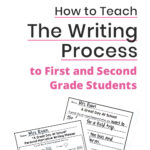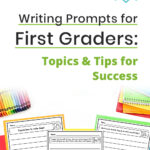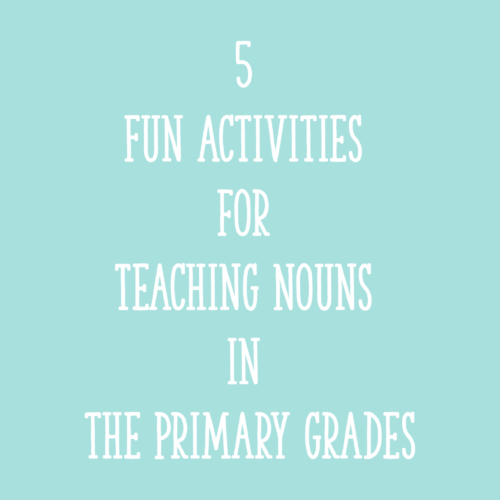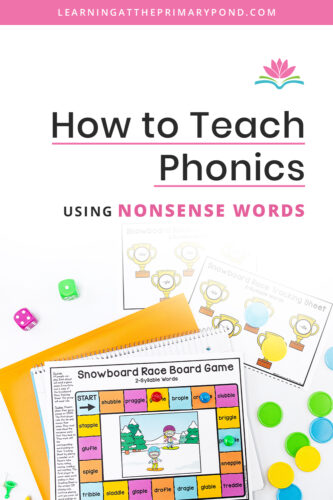If you’re a first grade teacher, you might have had at least one of these thoughts during the first week of school:
– Why can’t these kids write?!
– What happened over the summer?!
– Did they even go to Kindergarten?!
Or maybe you are lucky and your students always come in writing like little published authors! 🙂
I hope the latter is the case, but if not, here are a few tips to help you start the year off right.
1. Model, model, model!
I’ve taught a split 1st-2nd grade class, and the biggest difference I saw between the 1st graders and the 2nd graders was that the 1st graders got confused a teeeeeensy bit more often! Make sure to give your firsties very concrete examples of what you want them to do with their writing – this will help writing time go more smoothly.
2. Expect drawing before writing.
It’s developmentally appropriate for first graders to draw a picture before they write. Drawing helps them get ready to write, and it can also increase the volume of what they’re writing.
But at the same time…
3. Have high expectations.
If your kiddos attended Kindergarten (even a half-day program), they likely have had lots of experiences with writing sentences. Although you don’t want to deny your kids the opportunity to draw before they write, expect them to write sentences once they have done some drawing. Start out the year by giving them stapled booklets of paper with space for drawing and several lines for writing. Teach them that authors write with words and pictures. Establish the expectation that kids will write sentences and whole stories, and most kids will likely live up to that expectation.
4. Encourage kids to talk before they write!
Just like drawing a picture, having a child talk to a partner about what she plans to write about will do wonders. You can have kids pair up on the rug to chat after a mini lesson, or you can have them talk to the person sitting right next to them just before starting their writing. I’ve found that the latter can be extremely helpful, because the kids are at their desks and can then immediately write down what they just talked about, without any time in between.
5. Connect grammar/language instruction to writing time.
Firsties sometimes come in a little rusty on their writing conventions after the summer! Whether you have a separate time for grammar/language arts instruction or you combine it with writing time, make sure kids see the connection between learning about conventions and their own writing. Otherwise, you may end up with kids who are fixing sentences beautifully during daily oral language time, but who are forgetting to put in those pesky capital letters and periods in their own writing. Although you can certainly teach about conventions during a mini lesson, what I like to do is have a mid-workshop teaching point. After the students have been writing for a while, you ask for their attention and quickly review how to use one of the writing conventions. Then, have them look down at the writing they’re working on and check to see if they’re using the convention correctly.
I hope these tips help you get off to a great start with your first grade writers! If you’re looking for a ready-to-go unit to launch the writing workshop, click on the image below.
Any more tips to add? Comment below! Happy writing!














